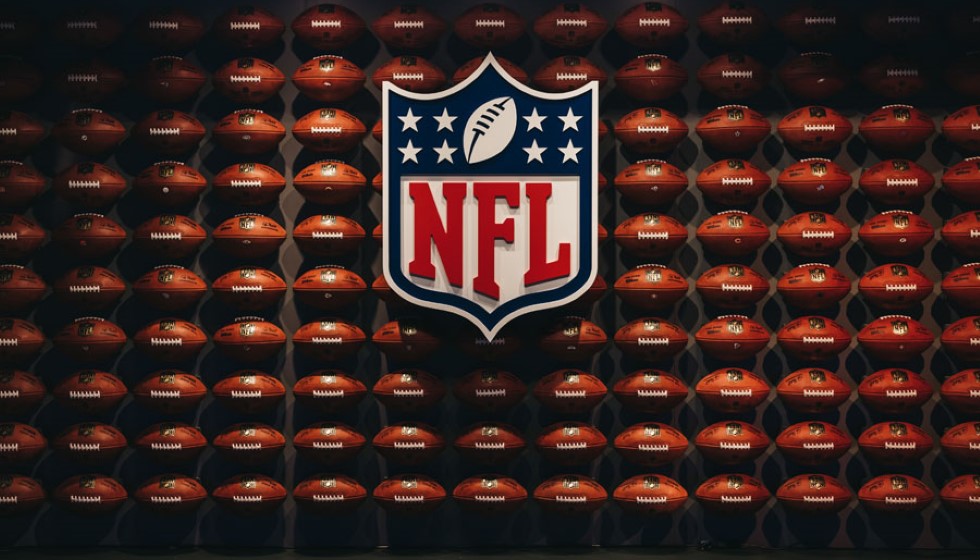
The National Football League (NFL) is a professional American football league that consists of 32 teams, divided between the National Football Conference (NFC) and the American Football Conference (AFC). With over 2,200 players, the league represents the pinnacle of talent in the sport. A key component in sustaining this high level of competition is the annual NFL Draft, an event that serves as the primary source of player recruitment.
The NFL Draft: Gateway to the Gridiron
Each April, the NFL Draft captures the attention of football fans, teams, and players alike. Over the span of three days, approximately 250 collegiate athletes are selected to join the ranks of the professional game. This event not only symbolizes the realization of dreams for many young athletes but also represents a critical strategic period for the teams involved. Beyond the initial selection, teams can sign undrafted players, many of whom go on to have significant impacts on their squads and the league at large.
The draft comprises seven rounds, with teams allocated one pick per round. The order of selection is inversely related to the teams' performance in the previous season, a system designed to maintain competitive balance across the league. This process ensures that weaker teams are given the opportunity to improve by having the first chance to select the top prospects.
Strategies and Surprises
Identifying potential stars is about more than recognizing physical talent; it involves a deep understanding of how a player's abilities and temperament fit within a team's existing setup and culture. Coaches and scouts spend countless hours reviewing film, conducting interviews, and performing assessments to ensure their selections will positively impact the team.
One of the most compelling aspects of the draft is the potential for late-round picks to become league leaders. Perhaps the most famous example of this is Tom Brady, who was selected 199th overall in the sixth round of the 2000 draft. Brady's journey from overlooked draft pick to one of the greatest quarterbacks in NFL history is a testament to the unpredictability and excitement that the draft can bring.
Moreover, the strategic element extends beyond player selection. Teams often trade draft picks, moving up or down in the order to secure the players they desire or to accumulate additional picks in later rounds. These maneuvers add a layer of complexity and intrigue to the draft, as teams seek to outmaneuver each other in pursuit of building a championship-caliber roster.
Maintaining Competitive Balance
One of the primary objectives of the NFL Draft is to ensure a level playing field across the league. By allowing the teams with the poorest records the first opportunity to pick the brightest collegiate talent, the draft plays a vital role in preventing the dominance of a select few teams. This system fosters an environment where success is cyclical, and every team has a realistic shot at improvement from year to year.
In the high-stakes world of the NFL, finding value in the draft is crucial. The stories of undrafted players rising to prominence or late-round picks becoming Super Bowl champions highlight the fact that success can emerge from any round of the draft. It's a reminder that determination, hard work, and a bit of luck can turn an overlooked prospect into a household name.
Conclusion
The NFL Draft is more than a mere selection of the next generation of football players; it's a strategic endeavor that influences the fortunes of teams for years to come. Through meticulous planning, shrewd trading, and keen insight, teams navigate the draft in hopes of securing not just players, but future legends of the game. As each draft class enters the league, they carry with them the potential to redefine teams, careers, and the sport itself. In the NFL, the draft ensures that optimism springs eternal, and the path to success is open to all, regardless of their starting point.